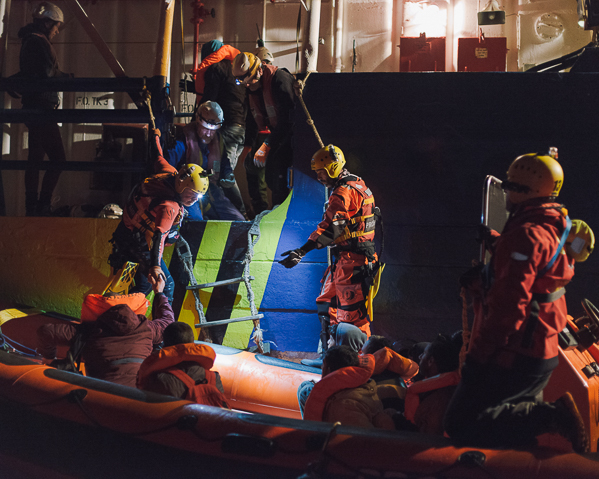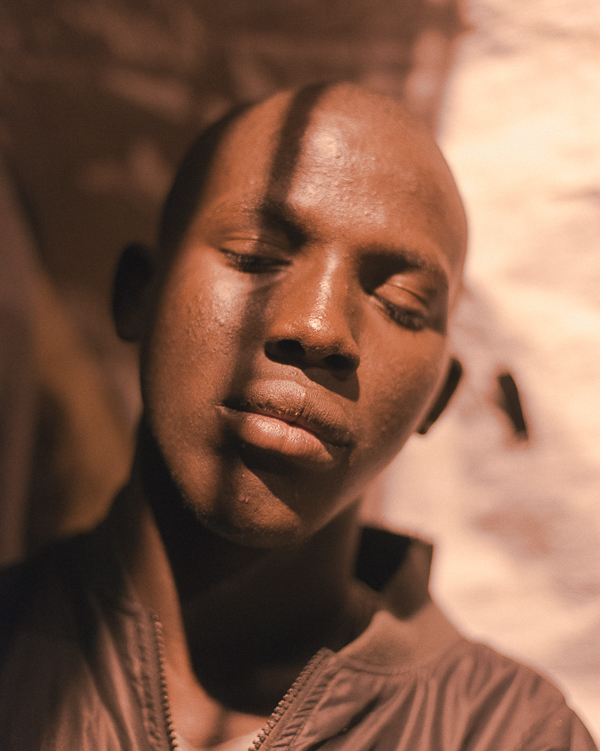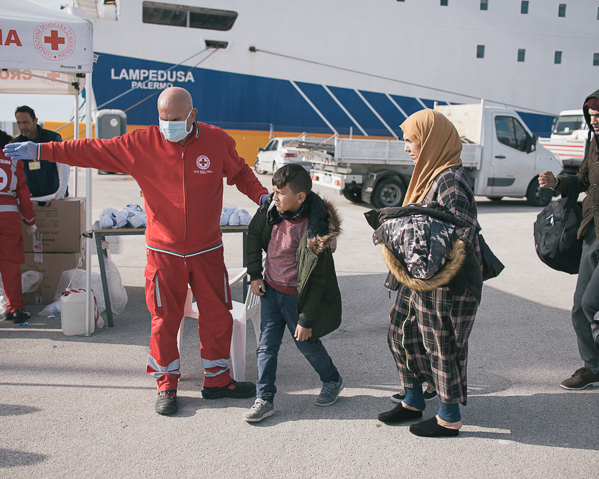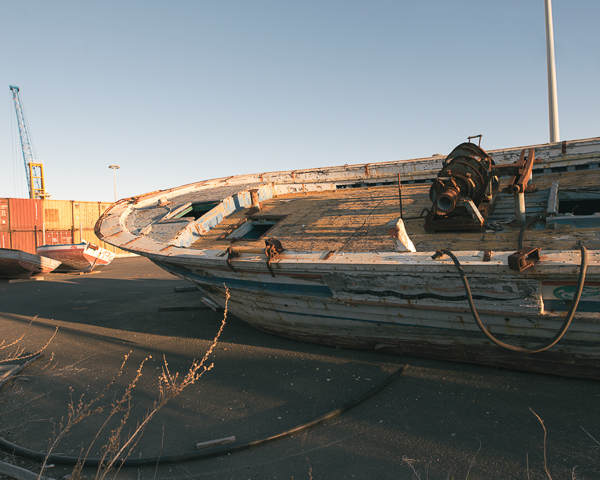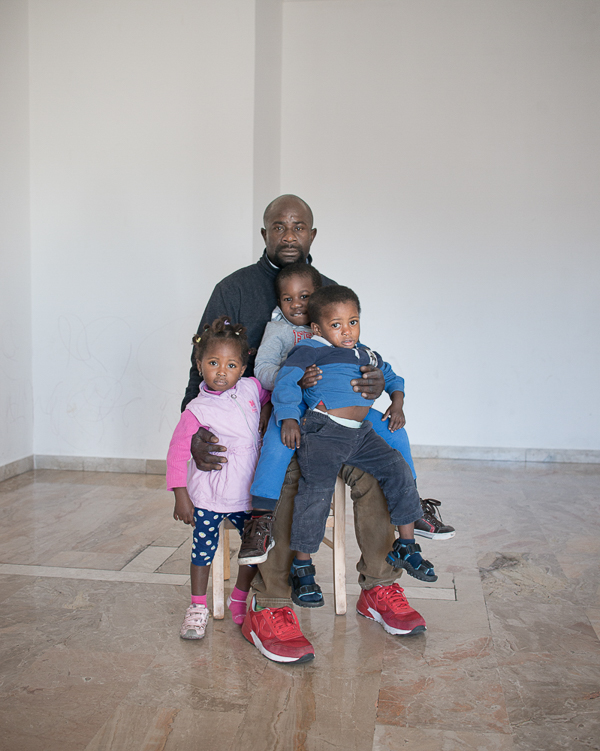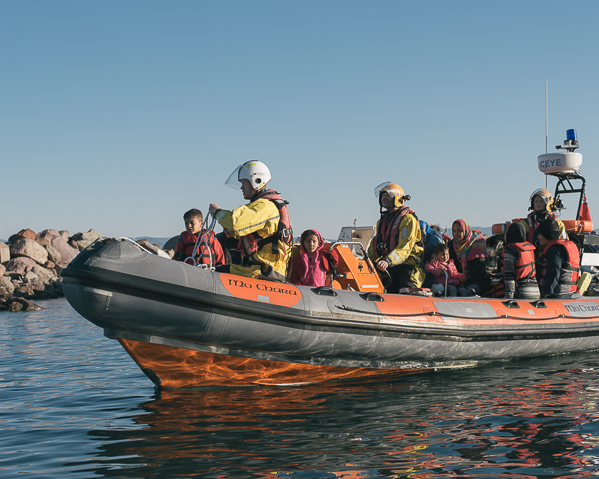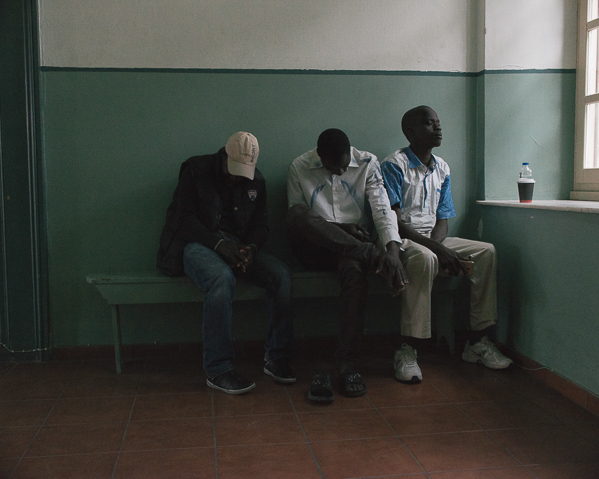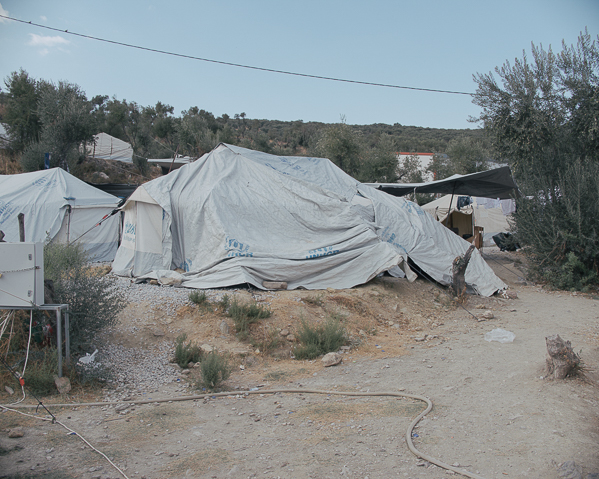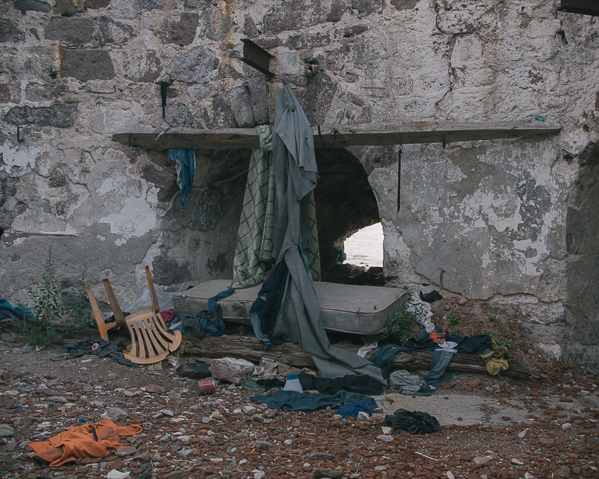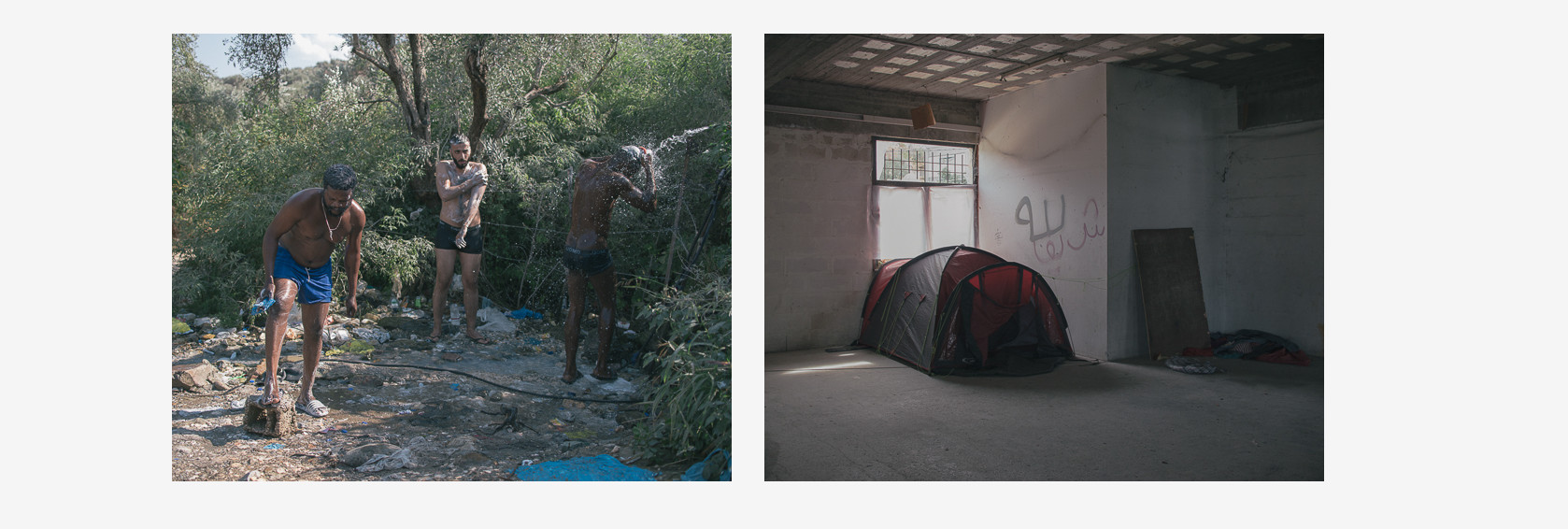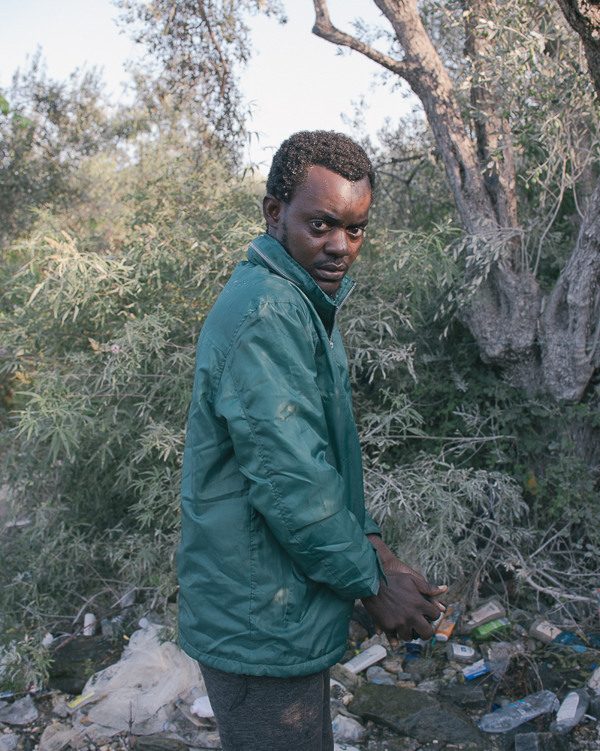The world’s deadliest border: a photo reportage
- May 1, 2018
Borders & Beyond
Over the past years, the Mediterranean Sea has claimed thousands of lives. But for those who survived the dangerous crossing, the challenges are far from over.
- Author
Prologue
As Europe’s political culture shifts to the right and xenophobic slurs dominate the discourse from Berlin to Budapest, it is perhaps in the refugee and migration policies of the European states that this transformation has had its most severe — and even deadly — impact.
The EU has outsourced its border control to countries like Libya, Niger, Chad and Turkey. Those who do make it through are packed away in overcrowded, prison-style refugee camps where conditions are abysmal. Meanwhile, European corporations make billions by selling arms and ammunition to authoritarian regimes in the Global South. Every German-made tank firing a shell at the Kurds in Afrin; every UK-produced missile or bomb dropped by Saudi jets on war-ravaged Yemen; every Bulgarian gun that ends up in Syria or Iraq, forces more people to leave their homes, their towns and their countries in search of peace, safety and a chance of survival.
All the while, disenfranchised migrants keep fruit and vegetable prices low for Northern European supermarkets by slaving away for twenty euros a day and wallow in filthy slums in Campobello di Mazara, Italy.
European countries have used the “humanitarian intervention” rationale to exert control around the world and to further their own economic and diplomatic interests, through both so-called development aid and peace-keeping missions. In a bitter twist of irony, one of the worst humanitarian catastrophes — the one taking place at the EU border every single day — is treated as a security issue and dealt with in a military fashion, with electric fences, armed patrols and detention centers.
The Mediterranean Sea is the world’s deadliest border, with 33,761 migrants having died or gone missing between 2000 and 2017. But the faces of “humanitarian intervention” here are not aid workers or peacekeeping forces, but an IT-nerd from Cologne, Germany, fixing the wiring on board the Sea Watch 3 — an NGO-run salvage and rescue ship patrolling the Libyan coast — or a lifeguard from the Basque Country who tends to the torture-inflicted wounds of a rescued migrant aboard the Aquarius. And even they are the exception — most people fail to recognize the interconnectedness of the privileged lives lived within Fortress Europe, and the plight and suffering of those locked on the outside.
After witnessing what goes on at the fringes of this broken union, I wonder if all that suffering piles up somewhere? Will those bodies return as ghosts in history to haunt us? Will they be eaten by fish, and consequently served as exclusive delicacies in the top-ranked restaurants of Paris and Rome? Are we eating our victims or just swallowing them? What futures have sunken to the nadir of the Mediterranean?
Dreams and hopes are what continue to drive many thousands upon thousands of scared, desperate and unlucky human beings to attempt to cross the deadly moat that is the Mediterranean, refusing to be deterred by the many thousands that have died before them. But the gates of Fortress Europe are more firmly shut than ever before, and they might never open again. Barbed-wired conspiracies are slicing up the continent once again; brand-new walls and fences have gone up in Austria, Bulgaria, Greece and Hungary, keeping out what’s out, and in what’s in.
But then again, perhaps we do need more human capital to tend to our senior citizens or pick our tomatoes in the searing August heat. A trajectory is laid out in the hallways of Brussels and Berlin. Mare nostrum abandoned, Iuventa impounded, ethics askew. It is suggested that we put a limit on the number of refugees allowed into the Fortress. Meaning that human rights, once again, are negotiable, are matériel for deals, interests and bluffs. But the suffering is ineffable, real, and jarringly so. And it is piling up in Lesvos, avalanching in Pozzalo, and scarring us in Sabratha.
I.
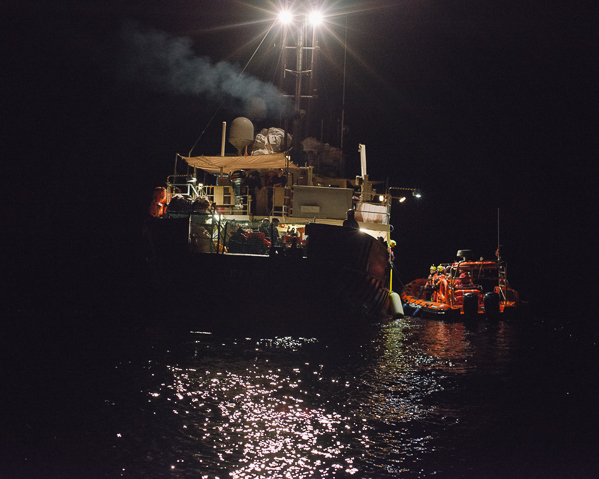
A PROEM-AID boat is transporting refugees from the Lifeline ship to the Sea Watch 3 due to overcrowding, about 20 miles off the coats of Lybia.
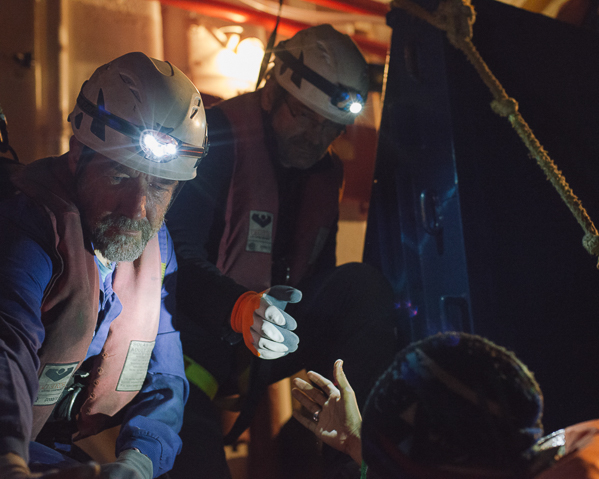
Volunteers from the UK and Germany help out aboard the Sea Watch 3. Here seen helping refugees board the ship.
II.
Source URL — https://roarmag.org/essays/worlds-deadliest-border-photo-reportage/


